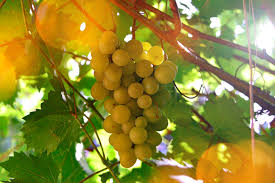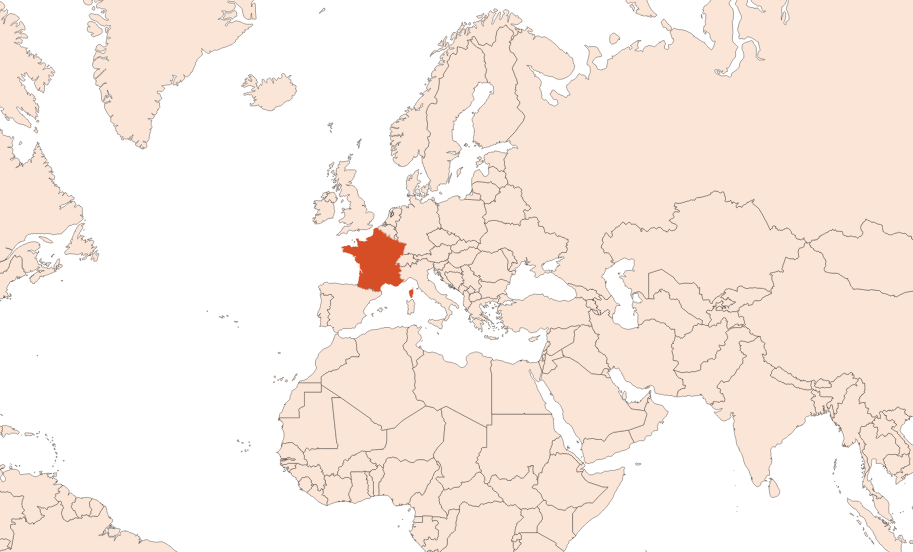Extraction process :
The vine can measure up to 30 meters long. It reveals leaves up to 20 cm wide, and fruits called grapes.
The culture of wine is done in several stages. The harvest period varies depending on the geographical origin of the vine. In France, it is generally done from August to October, depending on the origin. For the production of white wine lees essential oil, it takes place in September, generally in Alsace. After selection of the grapes and manual or mechanical harvesting, the grapes are separated from the stems: this is called destemming. In the case of white wine, the white or red grapes are crushed. The juice does not remain in contact with the skin and seeds, passing almost directly through a press. The juice is left to settle in a first tank to separate the solid products, then transferred to a barrel for fermentation, with or without the addition of yeast. The bottling is done after 10 to 14 days of fermentation.
The wine lees are the deposits recovered at the bottom of the first wine fermentation tank. This solid deposit (which can be a source of yeast for fermentation) can be extracted by steam distillation, to recover an essential oil from it at the end of the process by settling.
Chemotypes :
The green wine lees, produced from grape varieties in Romania, have a drier smell, due to the continental climate of the country.
The vines used to produce wine have up to 10,000 different species. The genus Vitis, on the other hand, has about 80 recognized species, among which:
Vitis vinifera, used for the production of drinking wine. Vitis labrusca, or American vine, sometimes used to produce certain wines. Vitis riparia, from North America, used for the production of wine and jam. Vitis coignetiae, an ornamental plant from East Asia.
Aromatherapy :
Informations provided below are taken from reference works in aromatherapy. They are given for information purposes only and can not constitute medical information, nor engage the responsibility of ScenTree.
Data not available.





Comments :